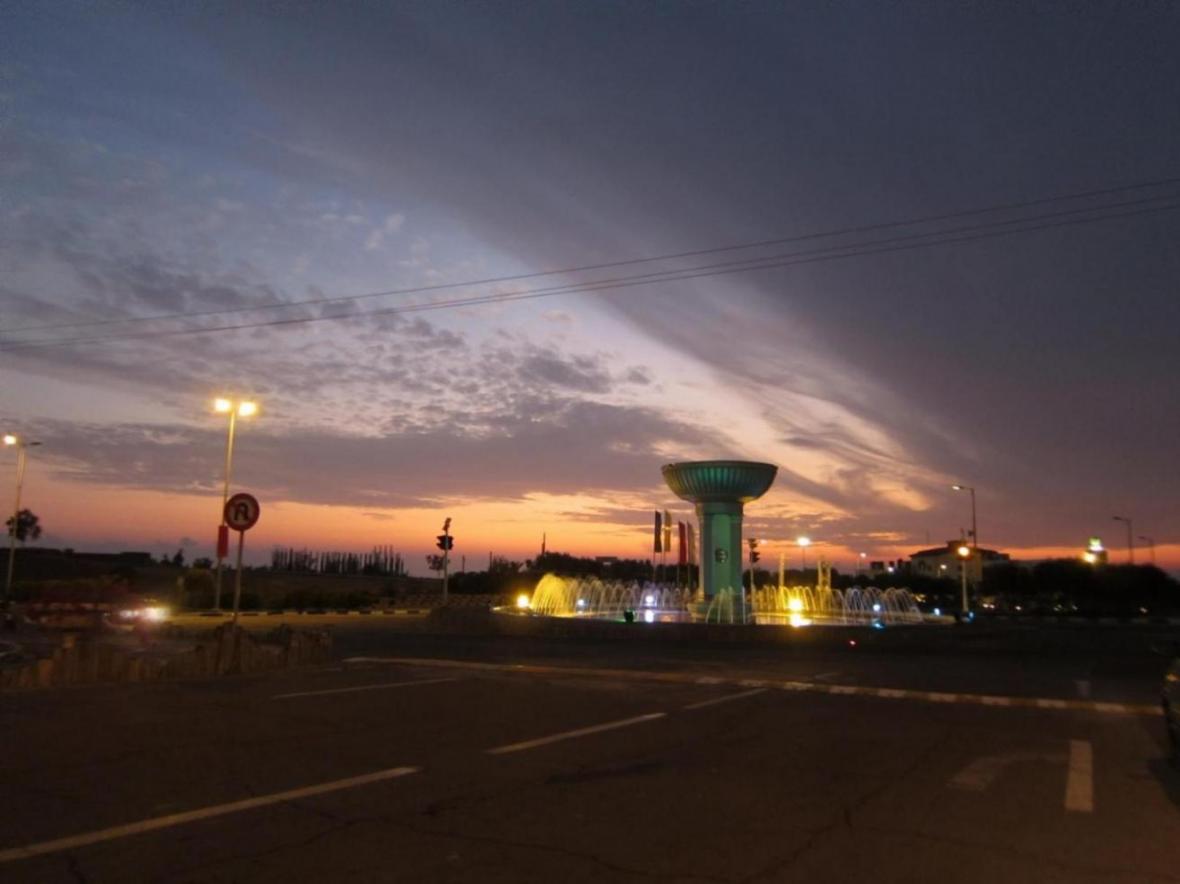Chabahar Port is nestled on the southeastern edge of Iran facing the Gulf of Oman and just touching the Indian Ocean. It is the most southerly port in the entire country.
The port originally set up in partnership with India in the 1990s has seen a steady increase in trade over the intervening years; however, the election of President Hassan Rouhani and his trade policies have further increased the port’s presence in the past twelve months.
Chabahar, like Iran’s other free trade zones, offers a tempting proposition to people wishing to invest in the region. One quick check of the CFTZO’s homepage, and you’d be amazed at the things it is offering. Firstly the zone offers a short turnaround time for loading and offloading goods at the main deep water port, low costs on warehousing and storage, low tariffs on shipping and commodities along with preferential prices on purchases industrial properties within the free trade zone itself.
In addition to the industrial facilities the zone offers, initial investors to the new free zone will be offered privileged legal facilities, local investment for joint projects within the zone, insurance guarantees for foreign and local investment, visa free entry for foreign nationals, generous offerings to foreign workers wishing to work for local companies in the zone and to top it off exemption of customs duties for goods produced within the zone and exported to mainland Iran.
As we speak, Iranian officials have announced that the port now plays host to large cargo vessels after the first round of upgrades to the port finished a few months ago. Following the first wave of dredging in the port, a maritime official, Ali Jahandideh announced that large ships with the capacity of up to 80,000 tons can now dock at the port. He also added that a 50,000-deadweight-ton cargo ship arrived at the port at the beginning of October.
India’s Angle
The resurgence of the idea of Chabahar in international trade became concrete on the election of India’s new Prime Minister Nerendra Modi. His government has stepped up efforts to develop the port, in the face of direct Chinese competition in the guise of the Pakistani port of Gwadar.
New Delhi has earmarked $100 million for the upgrade of Chabahar Port in Iran so as to improve trade with Tehran, Afghanistan and other Central Asian countries, which in turn would connect to the new Iran-Turkmenistan-Kazakhstan railway further speeding up trade between countries along the ancient Silk Road.
Afghanistan’s envoy to India said in a recent visit to New Delhi that, “Money has been pledged by the Indian government, and we are simply waiting for the technical committee to address some legal issues.”
In addition to the port’s upgrade, India and Iran agreed last week to unlock funds in Iran’s rupee account to finance export projects which includes the future railway connection. Iran has said it will provide just under $980 million to help kick start the new trade bonanza.
Sanctions Not an Issue
Sanctions imposed on Tehran by western countries, particularly the United States, have not deterred India and Iran from pushing for the Chabahar development.
According to the latest round of sanctions India is permitted to import Iranian oil and petrochemical products to a certain degree; however, it is still mindful of not crossing the increasingly difficult boundaries in these regards. The US has hoped that its sanctions against Iran would have put off countries like India, along with China from doing business with the Islamic Republic, though domestic needs of those countries along with their ambitions in neighboring Afghanistan have not scared them away from future financial gains.
Seeing the sanctions regime as the redline, Iran and India over the past few years have set up a series of unique trade transactions, such as barter and asset holding. The latter would be Iran’s bank account in India’s UCO Bank. These funds are used by Tehran to purchase a range of agricultural products and pharmaceutical products from India. India’s IBTimes estimated that a total of $4.5 billion is traded though the rupee account.
In addition to the newly opened trade corridor to Central Asia, Iran’s government has announced that to increase the prospects of the Chabahar area, new industries will either be established or moved to the surrounding vicinity. The deputy head of Iran’s Free Zones Mohammad Moezeddin highlighted the port’s present and future capacities to become a new manufacturing hub. So far, automobile and steel production has been touted as areas which could be expanded in the Chabahar region. The official referred to the construction operation of a new third national car company in the port. The zone is capable of being turned into one of the most important manufacturing hubs in the region, he said. “Investment in this region is the most secure and effective one which would materialize regional development plan’s objectives.”
If the new project goes ahead, it has been said a well known Japanese car manufacturer is in talks with Iranian officials to kick start the operation as soon as possible. If it happens, this alone would radically change the wider Sistan-Baluchistan region by turning it into a serious contender to not only other Iranian provinces but India and Pakistan as well.
It’s not just India beginning to take the southern port seriously either. Back in September a team of French businessmen also viewed the site, Fars news agncy reported. The French reportedly toured different areas of Chabahar Port to look at ways at expanding their own corporate enterprises in the port. The representatives of Ballore Holding’s said the French group was active in looking at new areas for investment, and said that his company is considering ways to invest in the port city and launch an industrial operation.


